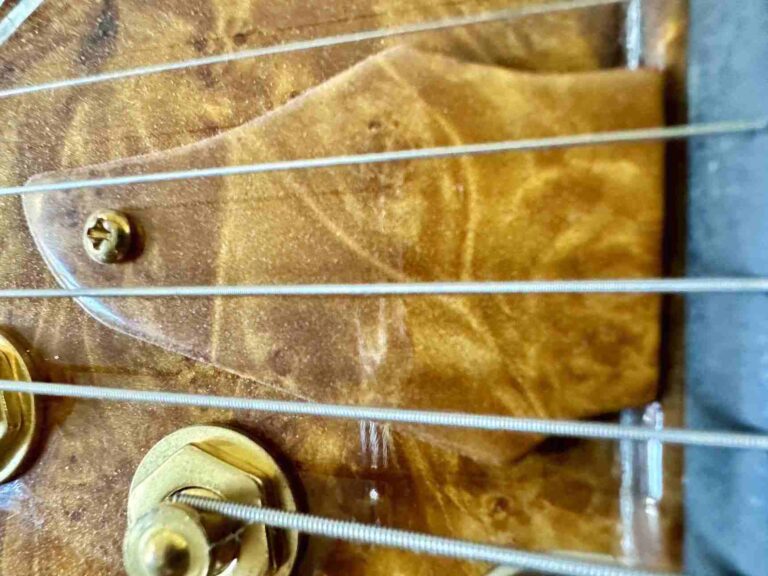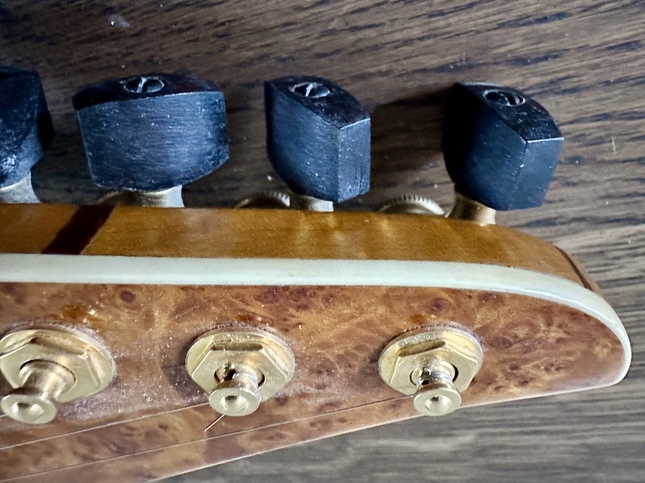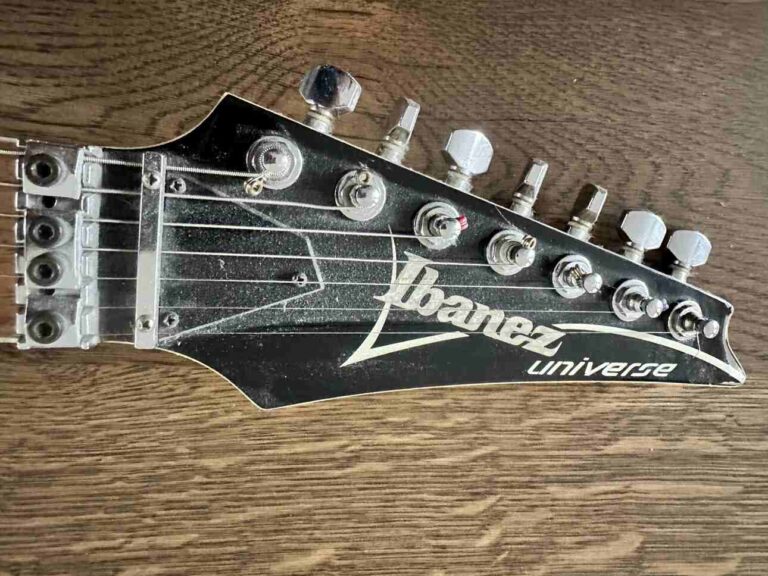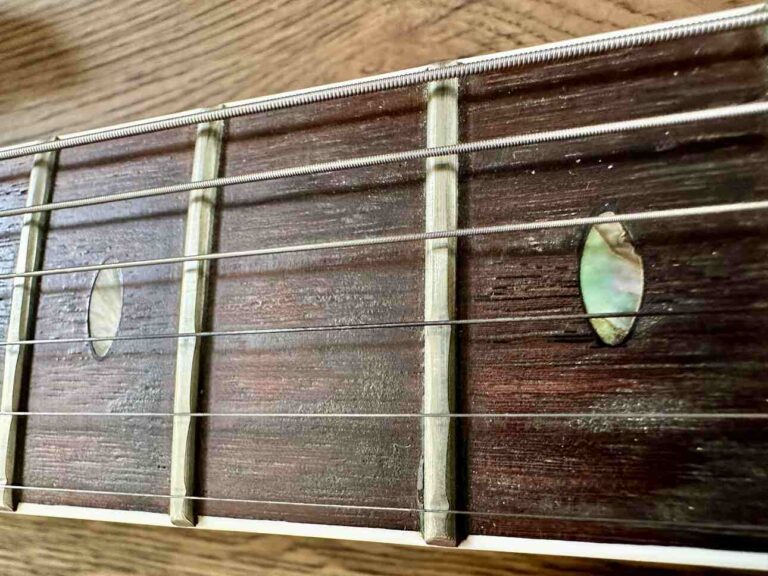Electric Guitar String Sizes: Guide to Gauges
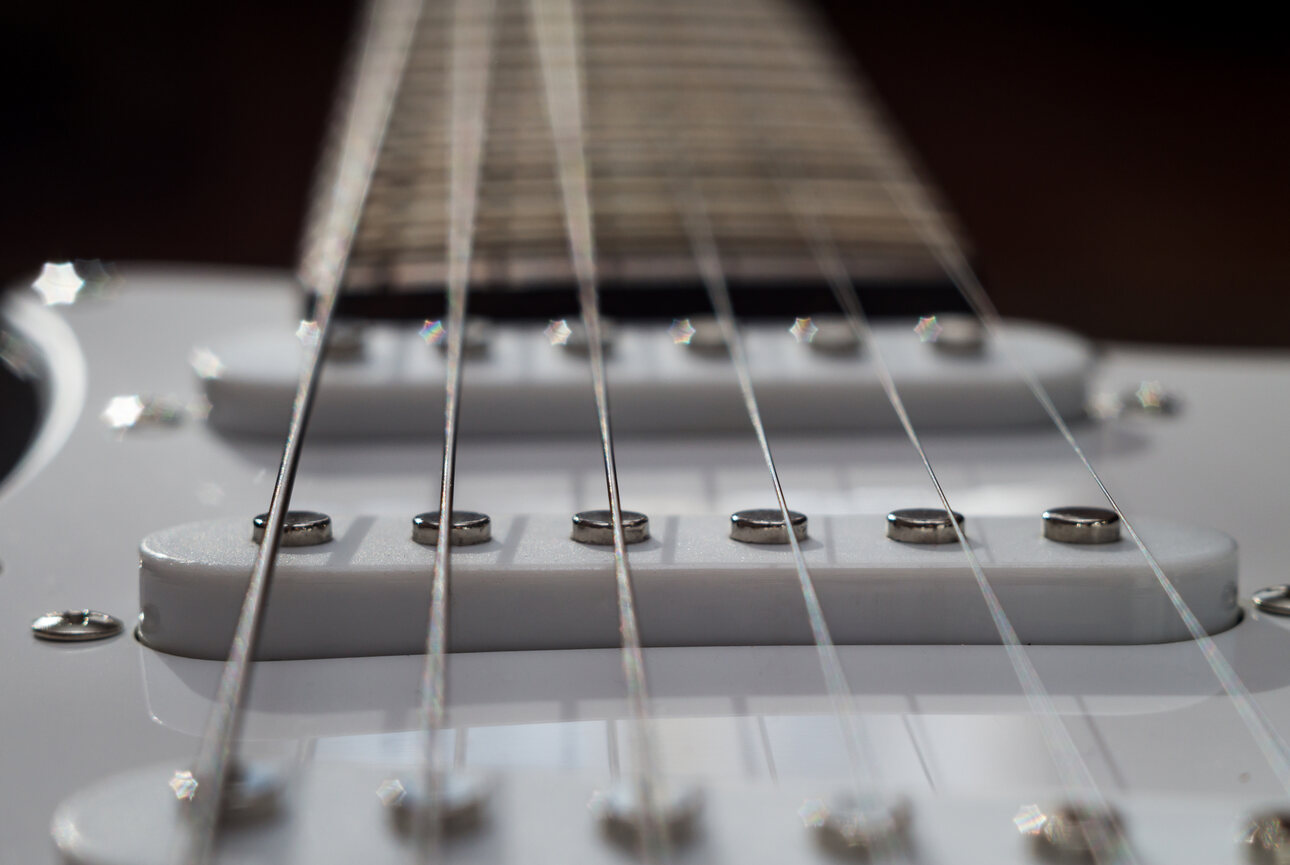
No strings, no playing. So, to say that strings are important is quite an understatement. In this article, I’ll take a closer look at different string sizes and how they affect tone and playability.
Electric guitar string sizes play a crucial role in the feel and sound of your instrument. Different sizes cater to various styles, preferences, and levels of play.
That’s why it’s essential for you, as a guitarist, to understand how string sizes impact your playing experience.
Nuff said. Let’s have a look!
Key Takeaways
- Different string sizes affect the playability and tone of electric guitars;
- Understanding various string types and materials can help you make the right decisions;
- Proper maintenance and timely replacement of strings ensure optimal performance and durability.
Types of Guitar Strings
When choosing electric guitar strings, there are a few factors to consider. In this section, I will discuss different aspects of strings. Think of materials and coatings, wound vs. unwound strings, string brands, and manufacturers.
String Material and Coating
Electric guitar strings are available in various materials. The most common are nickel, steel, and nickel-plated steel. Each material has its own unique tonal characteristics. They affect how your guitar will sound.
- Nickel strings tend to produce a warm, vintage tone;
- Steel strings offer a bright, punchy sound;
- Nickel-plated steel, often chosen for bass strings, combines nickel’s warmth and the steel’s brightness.
Besides material, some strings feature coatings. They can prolong string life and reduce finger squeaks. Coated strings are generally more expensive. They can be beneficial, however, if you want to minimize string changes and maintain a consistent tone.
Wound vs. Unwound Strings
Electric guitar strings comprise two types: wound and unwound. The lower strings (E, A, D) are usually wound, whereas the higher strings (G, B, e) are unwound. Wound strings consist of a core wire wrapped with a winding wire, typically made of the same material as the core. Unwound strings are simply a single solid wire.
The choice between wound and unwound strings will affect your guitar’s tonal quality and playability. Generally, wound strings provide a fuller, richer sound. Unwound strings produce a brighter tone.
The most common string materials
are nickel, steel, and nickel-plated steel
String Brands and Manufacturers
There are many electric guitar string brands and manufacturers to choose from. Some popular brands include Ernie Ball, D’Addario, Elixir, and Fender.
Each brand offers a variety of string sets with different materials, gauges, and coatings.
Ernie Ball, for example, is well-known for its Slinky series. They feature a range of nickel-plated steel electric guitar string sets. They come in various gauges to accommodate different styles and genres.
Understanding Guitar String Gauge
Defining String Gauge
String gauge refers to the thickness or diameter of a guitar string. It’s measured in thousands of an inch. Selecting the right guitar string gauge is essential because it impacts your guitar’s playability, tone, and feel.
String gauges are generally categorized into the following sets: extra light, light, medium, and heavy.
- Extra Light: .009 or .010 inch;
- Light: .010 or .011 inch;
- Medium: .011 or .012 inch;
- Heavy: .013 or .014 inch.
Bear in mind that these categories can vary between different manufacturers.
The material that strings are made of, such as steel, also plays a role in the string’s characteristics and sound.

Impact on Playability
String gauge has a direct influence on your guitar’s playability. Thinner strings (lower gauge) generally need less finger pressure to fret notes. They are also easier to bend. Thicker strings (higher gauge) need more finger pressure but provide increased sustain and durability.
Common string gauge choices based on playing style:
- Light fingerpicking: Extra light or light gauge;
- Heavy strumming: Medium or heavy gauge;
- Blues and rock bending: Light or medium gauge
Tone Variation with Gauge
The string gauge you choose can noticeably impact your guitar’s tone. Thicker strings produce a fuller and stronger sound with more volume and sustain. This is because they have more mass, resulting in a higher frequency response. Thinner strings tend to produce a brighter and more treble-focused sound.
Experiment with different string gauges to find your preferred tone and playability.
Choosing the Right Strings
For Your Play Style
When selecting the right guitar strings, it’s crucial to consider your play style. Different gauges and materials will impact the feel and sound of your instrument. Thicker strings are generally louder and produce a fuller tone. Thinner strings are easier to play and produce a brighter sound.
If you’re into jazz, you might prefer heavier strings for their warm and rich tone. But if you play rock or metal, lighter strings could be a better fit for faster picking and intricate techniques.
As always, experiment with different gauges and materials to find the perfect balance for your playing style.
Based on Guitar Type
Choosing the right guitar strings also depends on the type of guitar you’re using. For example, acoustic guitars and electric guitars need different sets of strings. Acoustic guitar strings are generally made of bronze or phosphor bronze. Electric guitar strings are made of steel or nickel.
A study shows that string gauge affects a guitar’s performance and sound characteristics. So, select the suitable string material and gauge for your guitar.
Considering Guitar Setup
It’s also essential to consider your guitar setup when choosing the right strings. Factors such as action height, neck relief, and intonation can influence the playability and feel of the guitar. Thicker strings increase tension on the guitar neck. Thinner strings have lower tension and can be easier to play.
Optimize your guitar setup for the gauge and material of the strings to have the best playing experience.
Alternate Tunings and Custom Gauges
If you’re into alternate tunings, consider custom string gauges. This helps you maintain a balanced string tension across the fretboard. For example, if you’re tuning your guitar to Drop D (DADGBE), you could use a heavier gauge for the low E string. It will now become a D.
Some guitar players also mix and match gauges to achieve specific tonal qualities. These custom sets can help accommodate different playing techniques and styles.
Maintenance and Replacement
When to Change Strings
Knowing when to change your electric guitar strings impacts your guitar’s sound and performance. Changing your strings when they become dirty, rusty, or lose their tone is essential. Signs that it’s time for a new set of strings include:
- Difficulty staying in tune;
- Faded or dull sound;
- Discoloration or visible corrosion;
- String breakage or excessive stretching.
If you play every day, I advise changing the strings every 3-4 months. But it also depends on how long you play, the type of strings you use, and your personal style.
How to Choose Replacement Strings
When choosing replacement strings, consider the following factors:
- Gauge: String gauge refers to the thickness of a string, usually measured in thousandths of an inch or millimeters. Standard electric guitar string gauges range from light (0.009-0.042) to heavy (0.011-0.052). Lighter gauges are easier to play but may produce less sustain or volume. Heavier gauges offer more resonance but can be harder on your fingers.
- Material: Most electric guitar strings are made from nickel-plated steel. This provides a balanced tone and excellent magnetic response. Materials like stainless steel or pure nickel can also influence your guitar’s sound and feel [1].
- Packs of strings: Strings are often sold in packs designed for electric guitars. These packs come in various combinations of gauges and materials. When purchasing packs of strings, consider trying out several options. This way, you’ll find the ideal fit for your playing style and desired tone [2].
Frequently Asked Questions
What’s the deal with all these string gauges for electric guitars?
Electric guitar strings come in a variety of gauges. They can affect your playing experience. The gauge of a string refers to its thickness, which determines the string’s tension and tone. Thicker strings generate a stronger signal and a fuller tone. Thinner strings are easier to play and produce a brighter sound.
How do I pick the best strings for my playing style?
Experiment with different gauges and materials to choose the right strings for your playing style. Consider your preferred genre and techniques, and try different brands and gauges to find what feels and sounds best for you.
Can you tell the difference between heavy and light gauge strings?
Yes, you can feel and hear the difference between heavy and light gauge strings. Heavy gauge strings need more finger strength to press down and provide a bigger, warmer tone. Light gauge strings are easier to play and produce a brighter sound.
What’s the standard size for electric guitar strings?
There are only a few ‘standard size’ for electric guitar strings. The choice of the set of guitar strings depends on personal preference and playing style. Commonly used gauges range from .009-.042 for light gauges to .011-.049 for medium gauges and .012-.054 for heavy gauge strings.
Which brand of strings will let my guitar sing its best?
Many brands offer high-quality strings, but the best choice for your guitar depends on your preferences and playing style. Brands such as Ernie Ball, D’Addario, Dunlop, and Elixir can help you discover the perfect fit for your guitar and playing style.
How does string thickness affect my guitar’s sound and playability?
String thickness, or gauge, directly impacts playability and your guitar’s sound. Thicker strings have a more robust, fuller sound but may be harder to play. Thinner strings are easier to press down and bend but may produce a brighter, less powerful tone.

